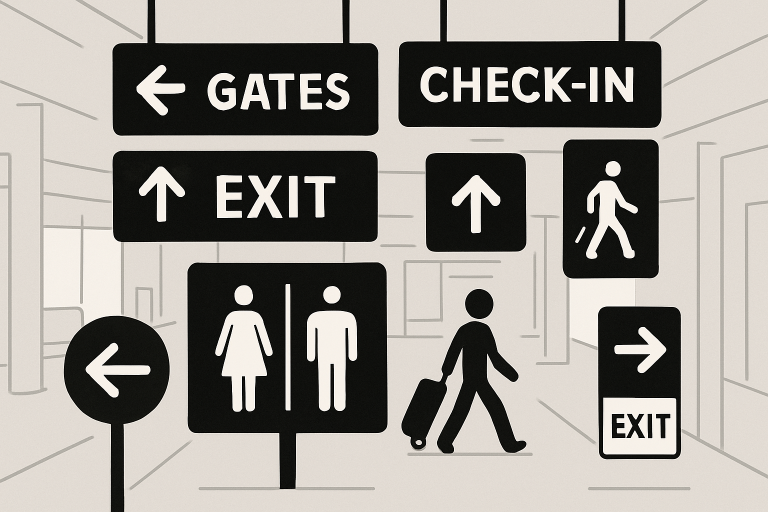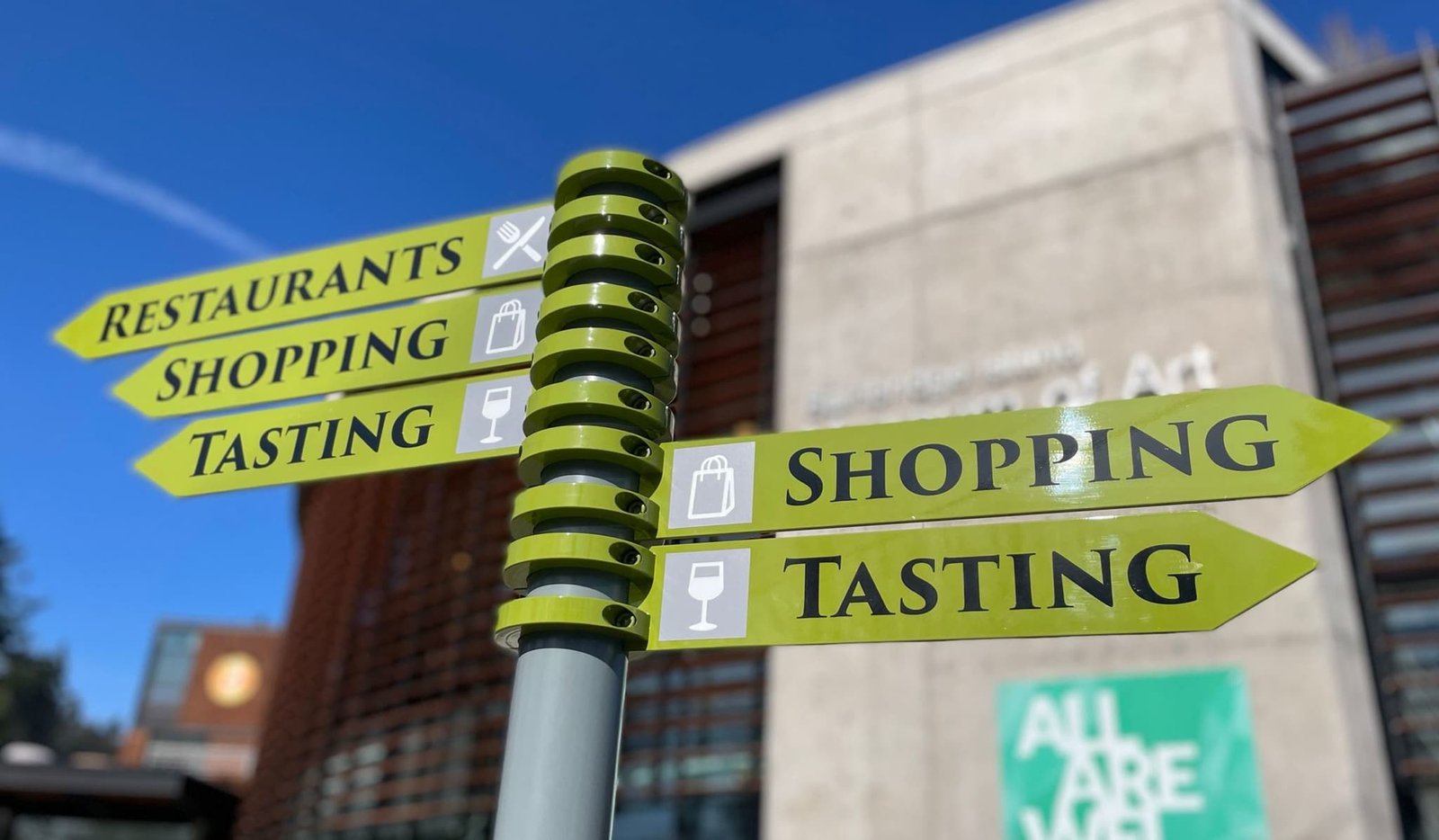Key Takeaways
- Signage is integral to guiding people through complex environments, promoting efficient and safe navigation.
- Consistency, placement, and clear design principles are crucial for effective wayfinding signage systems.
- Technology and a hierarchical approach to signage can dramatically enhance user experience in large or unfamiliar places.
Table of Contents
- Understanding the Basics of Wayfinding Signage
- The Importance of Consistent Branding and Visual Language
- Strategic Placement for Maximum Impact
- Digital Innovations and Technological Advancements
- Implementing Hierarchical Signage Systems
- Conclusion
Understanding the Basics of Wayfinding Signage
Wayfinding signage plays a crucial role in guiding people through complex environments, whether in offices, hospitals, shopping centers, or public spaces. By combining clear visual cues, intuitive symbols, and strategically placed signs, wayfinding systems enable visitors to navigate efficiently, reduce confusion, and enhance the overall user experience. Practical wayfinding signage strikes a balance between aesthetics and functionality, ensuring that information is easily accessible without overwhelming the space.
Partnering with experienced providers, like a Vancouver sign company, can make the design and implementation of wayfinding systems seamless. These professionals understand how to integrate branding, readability, and directional clarity into cohesive signage solutions. By carefully planning placement and design, businesses and organizations can create environments that feel organized, welcoming, and easy to navigate for everyone.
The Importance of Consistent Branding and Visual Language
Consistency in sign design unifies the user experience and helps establish trust in the navigation system. Utilizing distinct, uniform colors, fonts, and branded elements throughout an environment makes navigation visually intuitive and easy to follow. For example, a hospital that employs the same color-coded wayfinding for departments across multiple buildings allows patients and visitors to transfer their understanding of the signage from one area to another without needing to relearn visual cues. This cohesive approach is especially effective in sprawling locations, such as airports or convention centers, where visitors depend on glanceable decisions.
Strategic Placement for Maximum Impact
The location of each sign is just as important as its content. Placing signage at major decision points—like entrances, elevators, and intersections—ensures that users receive information exactly when it is needed. Signs should also be positioned for optimal visibility, taking into account viewing angles, lighting, and foot traffic flow. Signs placed at eye-level and free from clutter or obstructions are easier to spot and interpret in high-pressure situations. Universal symbols—like arrows, restrooms, or exits—enable quick understanding, regardless of a person’s primary language. Incorporating these design best practices makes navigation more inclusive and dramatically minimizes confusion.

Digital Innovations and Technological Advancements
As technology evolves, so do wayfinding systems. Today’s digital signage solutions offer dynamic and interactive features previously unattainable with static signs. Touchscreen directories, GPS-powered mobile apps, and real-time update screens have become essential in large venues to keep pace with changing layouts or schedules. For example, at major sports arenas and healthcare campuses, digital signs can guide users with personalized, up-to-the-minute information, reducing backtracking and frustration.
Implementing Hierarchical Signage Systems
A well-organized, hierarchical signage system separates information into primary, secondary, and tertiary levels. Primary signage directs people toward major destinations, such as lobbies or terminals. Secondary signs break down directions to more specific zones—such as departments, wings, or concourses—while tertiary signage provides hyperlocal detail, including floor numbers or office suites. This logical progression of information enables users to orient themselves at each stage, promoting independence and reducing the need for staff assistance. In educational institutions and corporate campuses, hierarchical signage can be the difference between seamless navigation and constant confusion.
Conclusion
Clear, consistent, and intuitively placed signage has a transformative effect on wayfinding and navigation. By blending thoughtful design with technological advancements and an organized system of information, businesses and organizations can create environments where all visitors feel confident, safe, and empowered to navigate independently. Investing in effective wayfinding systems not only supports customer satisfaction but also fosters productivity, safety, and inclusivity in every environment.










